Aloe: characteristics, types, tips for growing
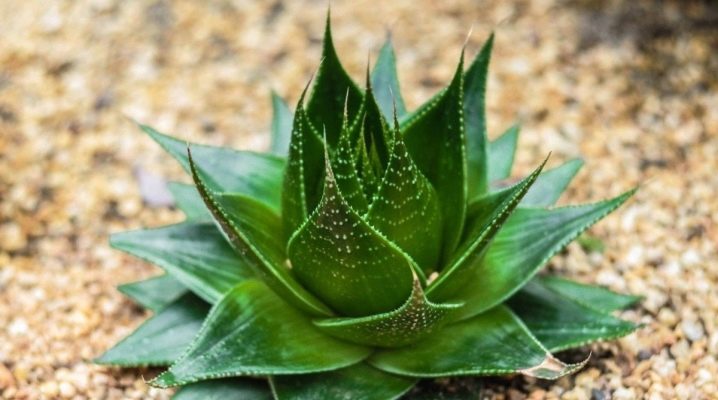
Among all succulents that are popular with domestic flower growers, aloe occupies a special place. This is a numerous genus, which includes not only decorative, but also medicinal species. The former are used to transform residential and office premises, while the latter have a number of useful properties and are successfully used for medical purposes.
As for the proper care of aloe, it does not differ in complexity: it is enough to get acquainted with the main characteristics of this plant and tips for its cultivation, following which allows you to achieve the best result.

Description
Currently, biologists have described more than 500 species of the plant in question, most of which are of African, Mediterranean and Arabian origin. Special attention should be paid to aloe leaves, the features of which are listed below:
- great thickness and xiphoid shape;
- arrangement in a spiral with the formation of dense rosettes;
- impressive length, characteristic of many species;
- smooth or jagged edges;
- the presence of sharp spines or soft cilia;
- a significant amount of liquid accumulated in the internal cells;
- the presence of closing pores that reduce the intensity of moisture evaporation in conditions of its deficiency.
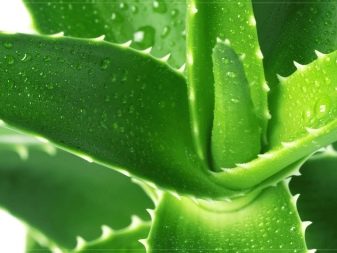
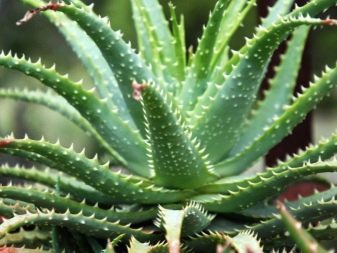
If the plant is faced with an excessively severe lack of water, it may shed the lower leaves. The tubular flowers of aloe, which are small in size and varied in color, are also worthy of mention.
Most often, it is characterized by bright colors - yellow, orange or red. Particularly noteworthy is the endurance of the described succulent, which allows it to survive in conditions that are detrimental to many other plants. Due to the peculiarities of its structure, it can withstand heat and drought, and its bitter taste successfully protects it from most herbivores.
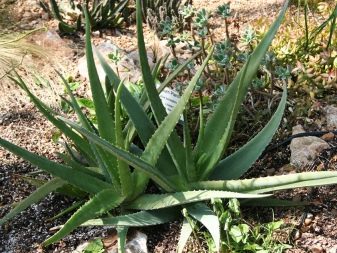

Varieties
As mentioned above, more than 500 species of aloe are known to science, but only a few dozen of them can boast of popularity. Next, we will consider the most remarkable varieties of this succulent plant, conditionally divided into medicinal and decorative.
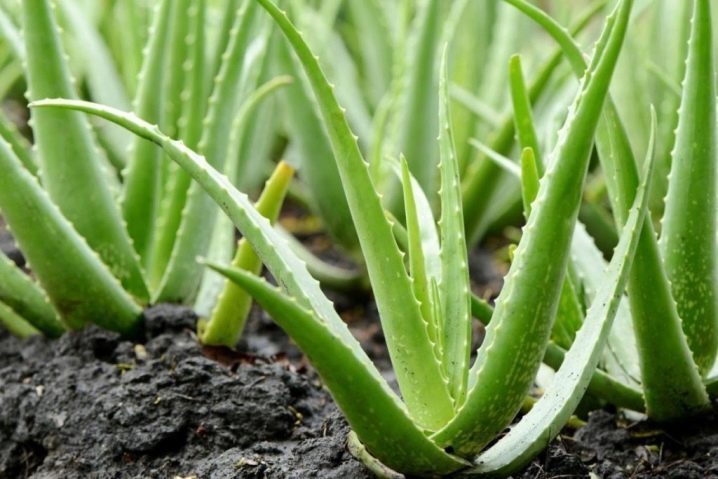
Therapeutic
Practice shows that humanity uses about 15 species of aloe for medical purposes. As for the most popular plants belonging to this category, their list is as follows.
- Aloe Vera (Barbadian, present). It is characterized by a short stem and large, fleshy leaves that have a variegated color and contain a large amount of gel. Due to its properties, it is widely used in medicine and perfumery.
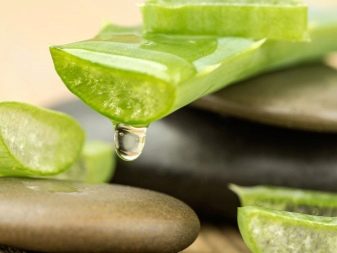
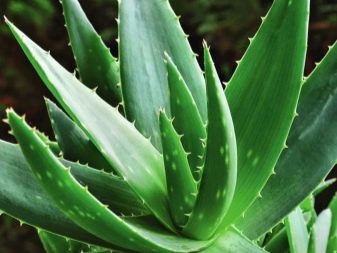
- Aloe tree (agave). An unpretentious and well-known succulent, whose height at home rarely reaches the meter mark. It is distinguished by curved leaves, branching shoots and extremely rare flowering, for which it received its second name.
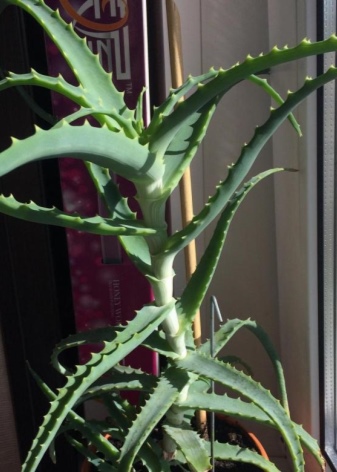

- Aloe is terrifying. One of the largest species, growing up to 3-5 meters in its natural habitat. It is characterized by huge and heavy (up to 2 kg) dull green leaves, "armed" with sharp reddish-brown thorns.
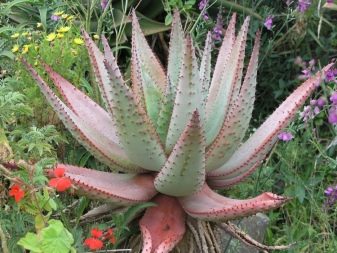
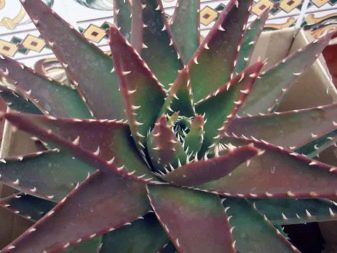
- Aloe sokotrinskoe. This plant, which is native to the semi-desert island of Socotra, is often considered a variety of the succulent described in the previous paragraph.It is less popular, but it has been known to healers in the Middle East since ancient times.
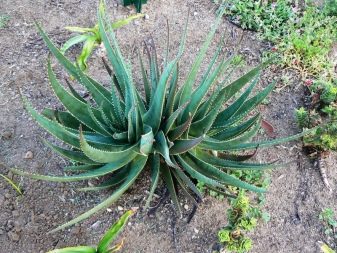
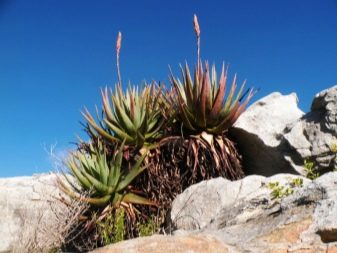
Another species worthy of special mention is soap aloe, also called soapy. It is characterized by not too wide and long leaves, containing a large amount of gel and covered with small light spots.
Decorative
This group is primarily interesting for the appearance of the species included in it, contributing to the spectacular decoration of residential and office premises. The most notable succulents in this category are the following.
- Aloe is variegated. It is a bushy plant with a short stem length, reaching 30 cm in height. A characteristic feature is the spotty color of triangular leaves, because of which this succulent is often called tiger and striped. Another feature of the species is its beautiful orange-scarlet flowers.
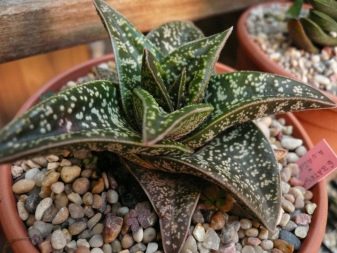
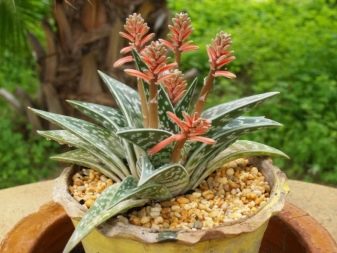
- Aloe folded. It looks like a fancy miniature tree with a short and rather thick trunk. In addition, the variety in question is notable for the original shape and arrangement of the leaves, for which it is called fan-shaped.
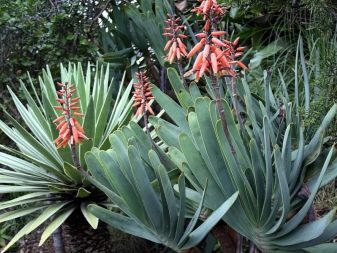
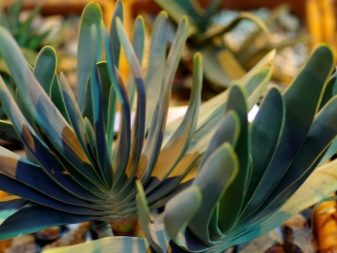
- Aloe Marlota. This succulent, which in nature reaches 4 meters in height, is named after the German explorer of the flora of South Africa. The leaves of the aloe Marlot are characterized by a large width and the presence of thorns, and its flowers are diminutive and yellowish-orange in color.

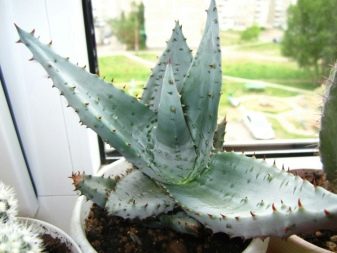
- Aloe is squat. This bushy species is characterized by small size, grayish-green or green-blue leaves and light thorns, presented in huge numbers. As for the flowers of the described succulent, they have a reddish tint.


- Aloe spinous. Another variety that looks like a miniature bush. The leaves of the aloe in question have a dark salad or gray-green color, and their main decorations are numerous light specks. Also noteworthy are the spinous aloe flowers, delighting the aesthetes with their pale orange color.
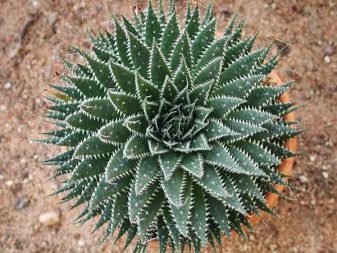
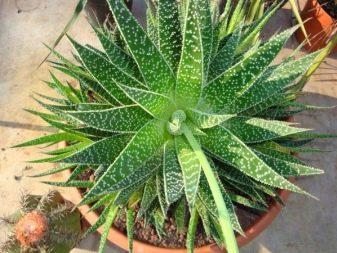
- The last decorative species worth mentioning is aloe haworthy. This stemless plant outwardly resembles Hawortia - a related succulent from the Asphodel family. The characteristic features of the aloe in question are the many light thorns and hairs dotting its gray-green leaves along the entire length, and flowers of pastel shades.

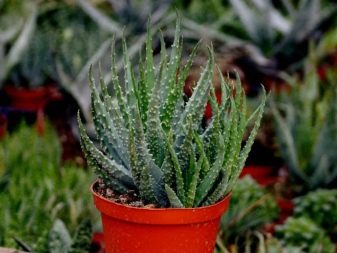
How to choose?
The main criterion that determines the choice of aloe variety is the preferences of its owner (namely, for what purposes he is going to use the acquired succulent - medicinal or decorative). If we single out the requirements that the leaves of the plant of interest to the grower must meet, then their list will look like this:
- fleshiness and firmness;
- rich color;
- no damage.

In addition, there should be no signs of parasite and / or pathogenic microflora activity on the aloe leaves. If the seller offers a succulent plant, the leaves of which wither, curl and sink strongly, it is advisable to refuse the purchase. Such a plant is weakened, and it is far from always possible to bring it into proper condition.
The choice of aloe cuttings used as planting material is also worthy of attention. This part of the succulent should be of sufficient length (at least 5 cm) and strong fleshy leaves (at least 2-3 pieces).
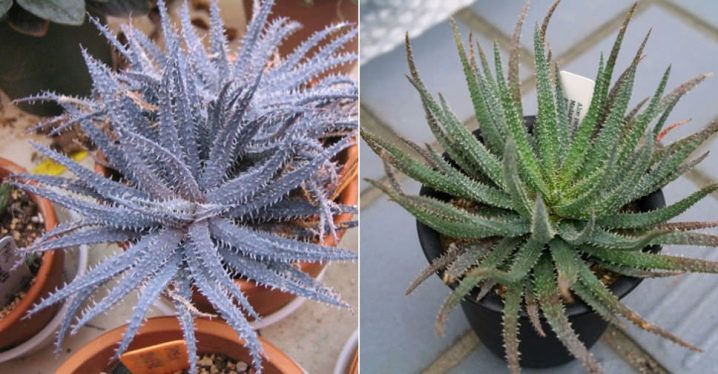
How to grow?
Despite the fact that many types of aloe are strikingly different from each other, caring for them involves taking into account the same basic rules. Compliance with the latter allows you to grow a beautiful and healthy succulent that can please its owner for 5, 10 and even 20 years, depending on the characteristics of the selected variety.

Lighting
Taking into account the light-requiring aloe, it should be placed in places that do not suffer from a lack of sunlight. The best option is a sill oriented south, southeast or southwest: it ensures that the leaves of the plant do not stretch out and retain their rich color. With the onset of the cold season, the described succulent may need additional lighting provided by phytolamps.
If the aloe has been in the shade for a long time, and then the owner decided to move it to a brighter place, the plant desires a gradual adaptation to new conditions.
Temperature regime
May to September considered succulents are suitable for temperatures around 25 ° C. In winter, the room should be much cooler, which allows the aloe to go into a dormant state (the best option is not higher than 14 ° C, although higher values are acceptable). As for the minimum allowable temperature, most species painlessly tolerate short-term cold snaps up to 6 ° C.
It should be noted that for some varieties this value is unacceptable (to avoid problems, this point should be clarified before buying a plant).
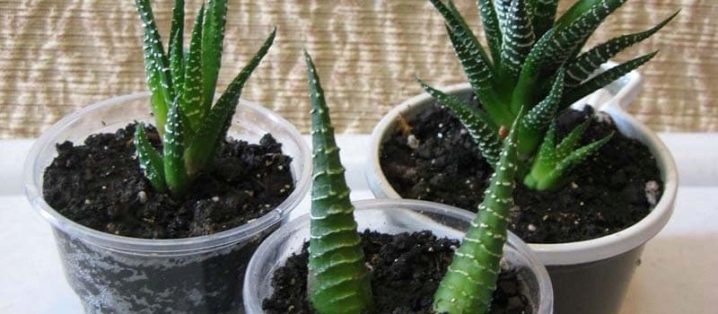
The soil
For the full development of the presented succulent, it needs a loose, air-permeable soil that has a neutral or slightly acidic reaction (pH 6.5-7.0). The composition of such a soil should include 4 main components:
- sod land;
- coarse sand;
- leafy land;
- humus.
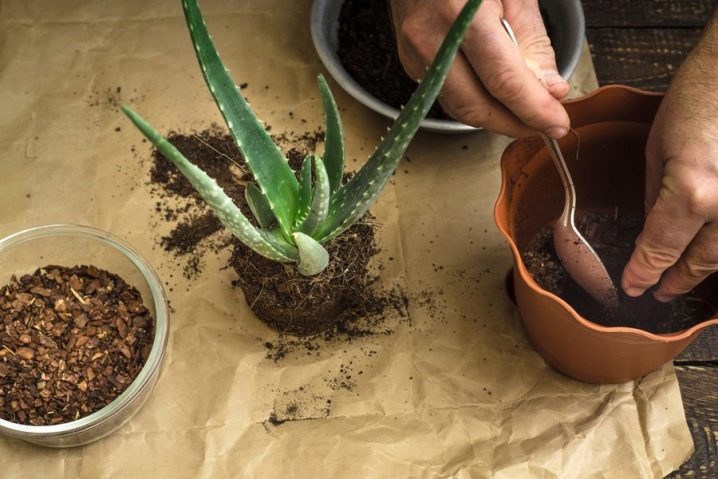
These components should be taken in a 2: 1: 1: 1 ratio, which is optimal for the vast majority of aloe species. An alternative solution is to buy ready-made soil designed for growing succulents. As additives, it is advisable to use disintegrants - vermiculite, fine gravel, brick chips or crushed charcoal (their share should not exceed 1/3 of the total volume of the substrate).
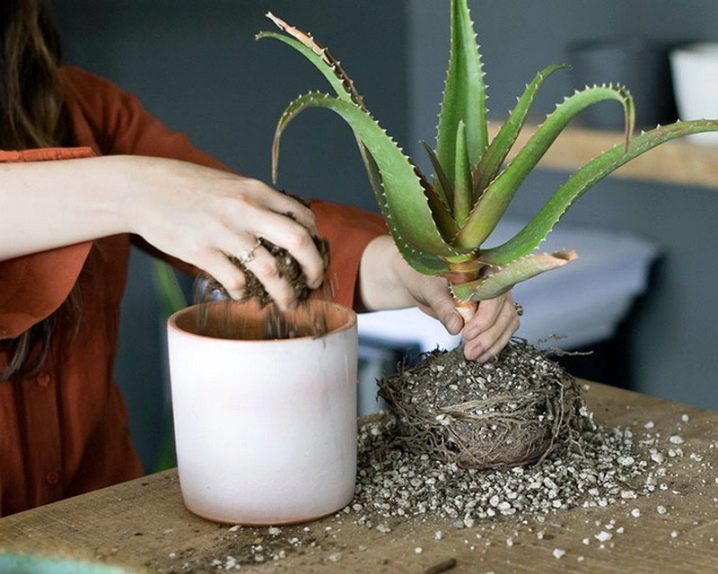
Watering
In the warm season, aloe needs to be watered often enough - 1-2 times a week. With the onset of cold weather, this procedure should be carried out much less often, using slightly heated water. In addition, you must take into account the following simple recommendations:
- before watering the succulent, you should make sure that the earthen lump is dry;
- in order to avoid decay, water must be avoided into the sockets;
- thinning of aloe leaves indicates a moisture deficit and requires more intensive watering of the plant.
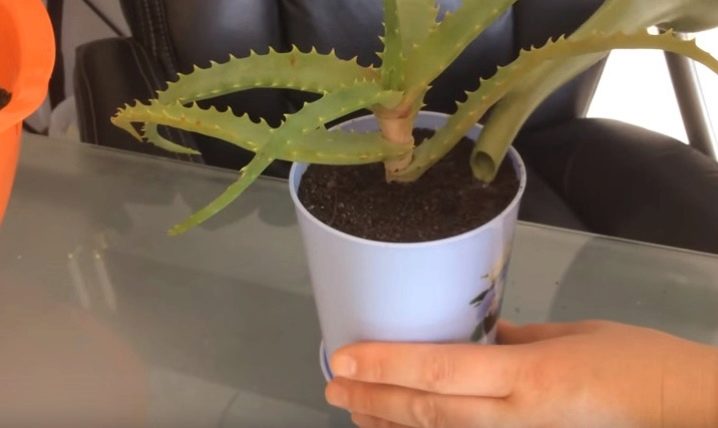
If the root system of the succulent occupies the entire pot, watering can be done differently - by placing a container with aloe in a pan with water. The duration of such a procedure should be 30 minutes, after which the remaining liquid is removed.
Air humidity
As a succulent, aloe does not experience problems due to the lack of moisture in the room air. The exceptions are situations when the plant is near batteries and other heating devices. To avoid accelerated dehydration of aloe, the surrounding air is humidified with a spray bottle, without pointing the spray towards the succulent.
Also, sometimes the described plant needs cleaning from dust - a procedure that also involves spraying liquid. The optimal time for it is the beginning of autumn.
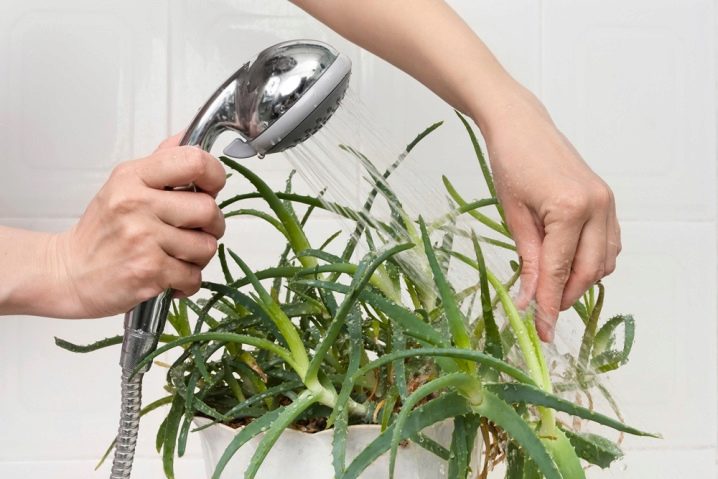
Fertilizers
If the aloe is recently planted in the ground, you do not need to feed it. It is advisable to apply the first fertilizers after 6 months or later, with an emphasis on the use of mineral preparations. This procedure should be carried out in the warm season, observing a 4-week interval between dressings.
Aloe is especially positive about factory fertilizers, which are sold with the mark "for succulents." In addition, some growers advise feeding the plant with coffee grounds or tea leaves, a thin layer of which is distributed over the soil surface.
Before using these fertilizers, they must be thoroughly dried (otherwise midges may start in the soil).
Fight disease
As a rule, aloe is highly resistant to most diseases and pests. In some situations, when the plant is not properly looked after, it can suffer from the following misfortunes.
- Root rot. Most often it develops due to excessive watering of the succulent. The main manifestations are softness, pallor and loss of leaves, as a result of which the aloe gradually disappears. To reanimate the plant, you need to remove it from the pot, get rid of problem areas, treat the sections with an antiseptic and transplant into a new substrate. If the roots are completely rotted, then they will not be able to grow, and the aloe will have to be saved by cuttings.
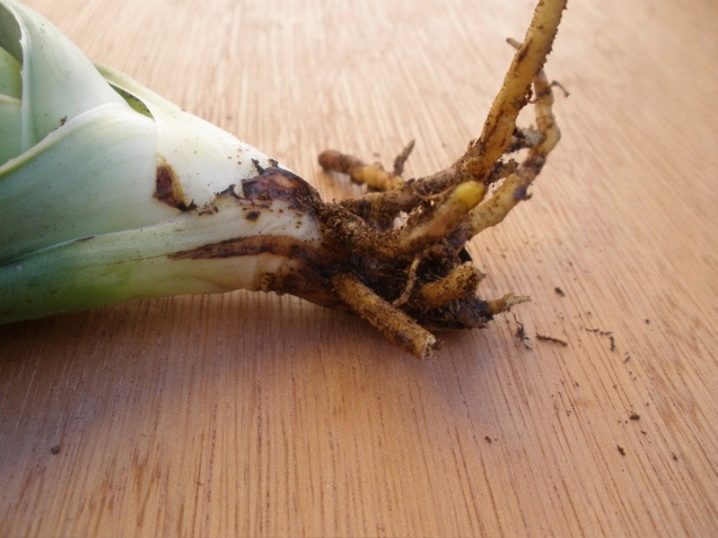
- Pronounced pallor of leaves. In most cases, the cause of the symptom is a lack of sunlight. To solve the problem, it is necessary to place the plant in a brighter place or to rely on the use of a phytolamp.
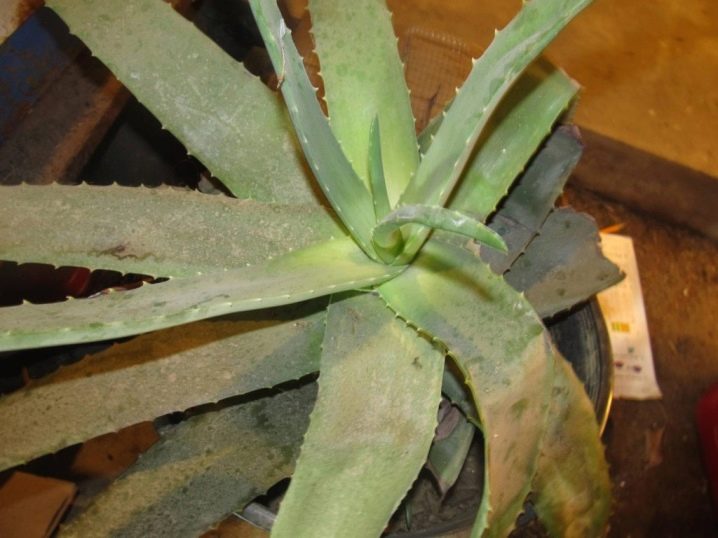
- Falling leaves. Most often, the symptom is observed in situations where the aloe suffers from hypothermia. To help the succulent, it must be placed in a warmer place and watered with water at room temperature.
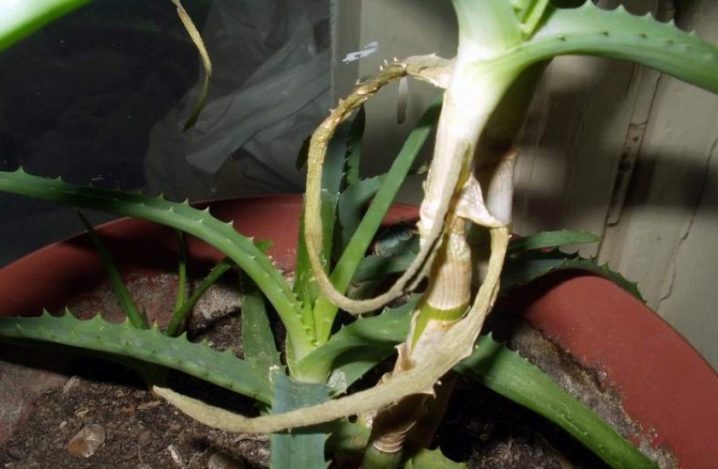
Of the pests of aloe, in some cases, the scabbard, mealybug and spider mite are disturbed. The optimal solution to this problem is two-fold treatment of the plant with a broad-spectrum insecticide.
Pruning
To stimulate the appearance of new and healthy leaves, it is necessary to carry out mandatory and regular pruning of aloe. During this procedure, remove:
- dried, damaged, very pale, as well as leaves affected by diseases and pests;
- extra side shoots that slow down the development of the mother plant;
- healthy leaves, the presence of which negatively affects the appearance of aloe (getting rid of them, you can form a plant at your own discretion).

In addition, if the succulent is used for medicinal purposes, its outer leaves, which are the most mature and contain the maximum amount of pulp, can be cut off.
Reproduction
The best way to reproduce aloe is vegetative. It involves the use of apical or root cuttings and requires the following sequence of actions:
- choose the healthiest parts of the plant and carefully cut them;
- process the cut sites with crushed activated carbon;
- dry the cuttings for several days;
- place the planting material in the sand with a cut down, deepening it by no more than 4 cm;
- watering young plants regularly, preventing the soil from drying out;
- maintain the temperature at 20 ° C.
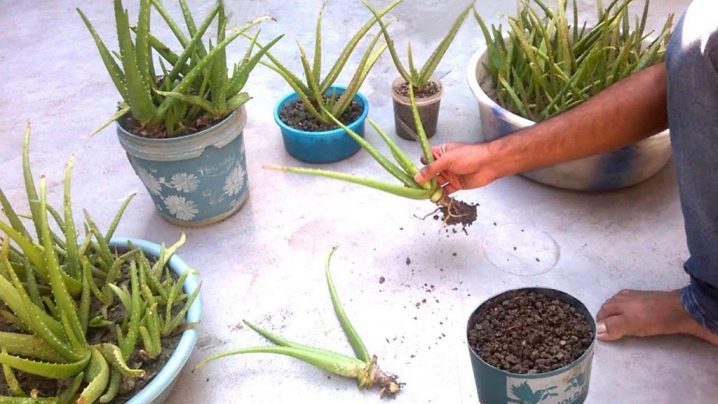
As soon as the sprout acquires its own roots, it can be transplanted into the aloe substrate described above, in which it takes root most willingly.
An alternative option is seed propagation. To solve this problem, a container filled with soil is needed (the composition of the substrate is turf and leafy soil with the addition of sand in a ratio of 1: 1: 1). After young aloes germinate, they need to be planted in separate containers using the same soil composition, supplemented with baking powder mixed in equal amounts - crushed coal and brick chips.

Florist tips
In conclusion, it remains to list a few recommendations, contributing to the successful cultivation of aloe at home:
- the soil intended for the described succulent, it is desirable to undergo a disinfecting heat treatment;
- when planting aloe, it is necessary to equip a drainage layer (for example, from expanded clay);
- the optimal frequency of transplanting young plants - once a year, adults - three times less;
- in summer, it is advisable to place the succulent in question in the fresh air, preventing rainwater from getting on the leaves and soil;
- if the plant is near a window, door or other source of draft, it should be located in a place protected from penetrating air currents.
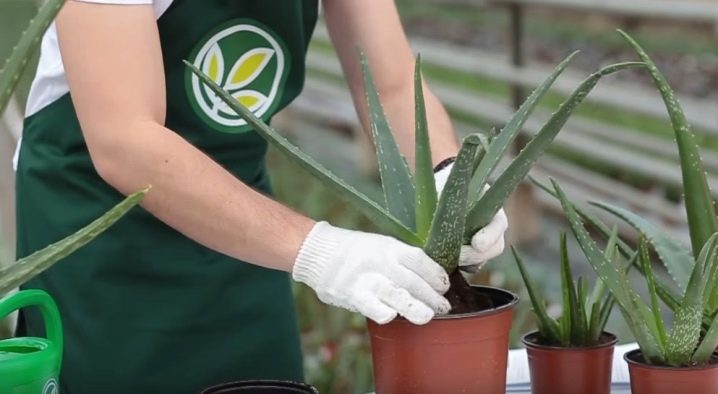
In addition, in some cases, aloe can suffer from the scorching rays of the sun (a characteristic symptom is yellowing leaves). There are two solutions to this problem - arranging protection from too bright light or choosing another place for the plant.
Summing up, we can state that the popularity of aloe is fully deserved. Hardy and undemanding to care for, it meets the expectations of the vast majority of growers, which regularly finds its practical confirmation.
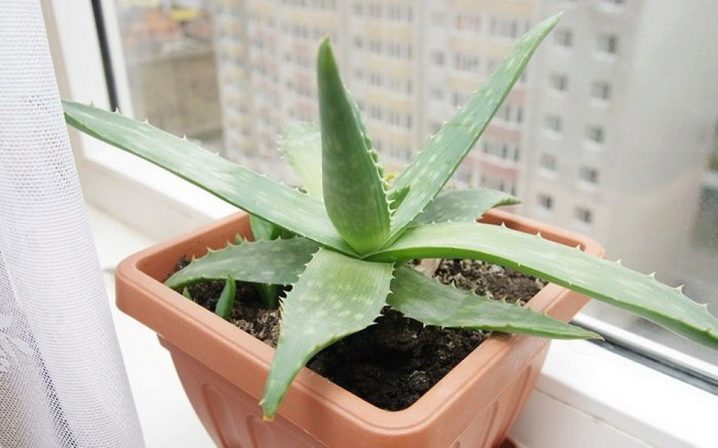
For information on how to properly care for aloe, see the next video.























































The comment was sent successfully.